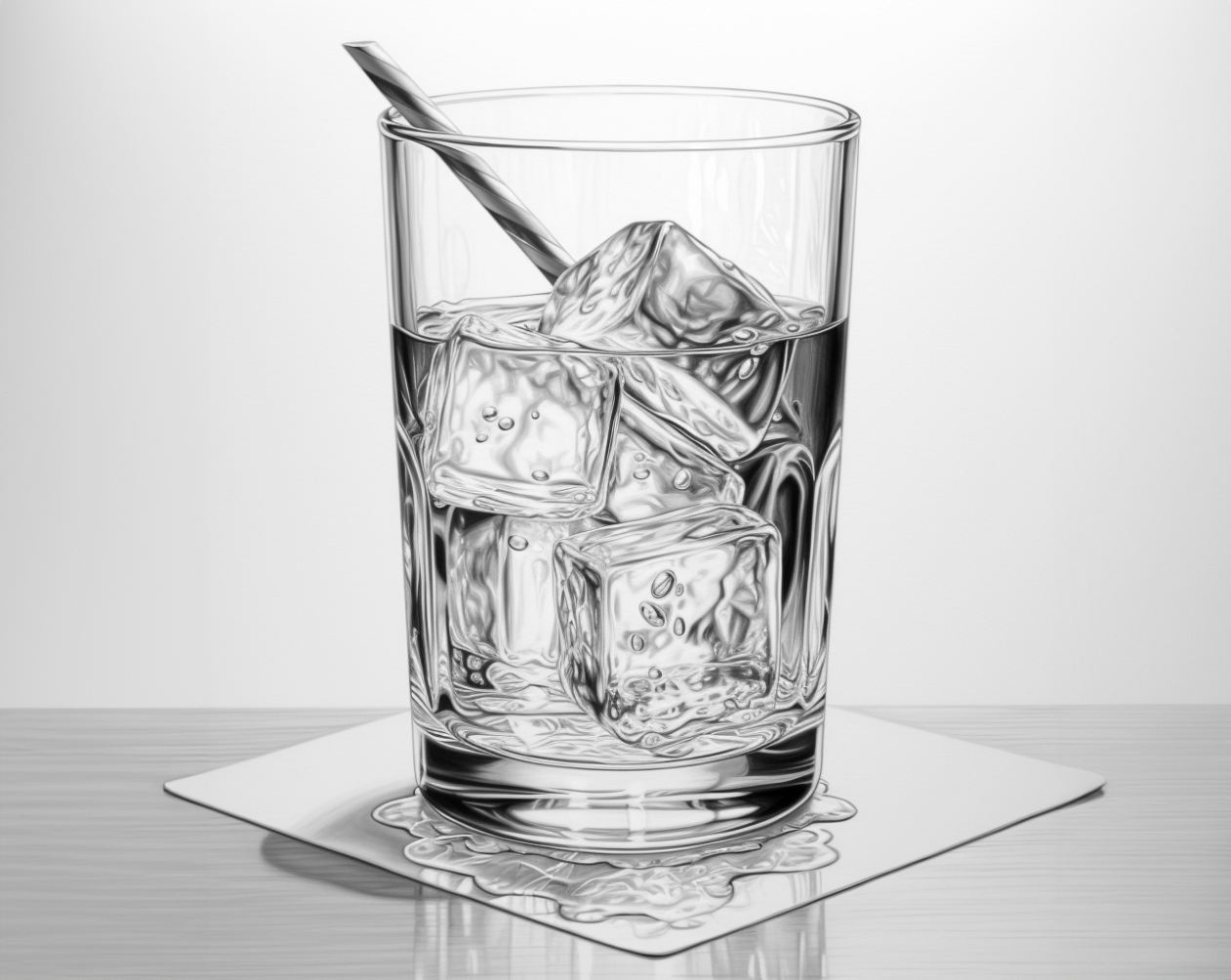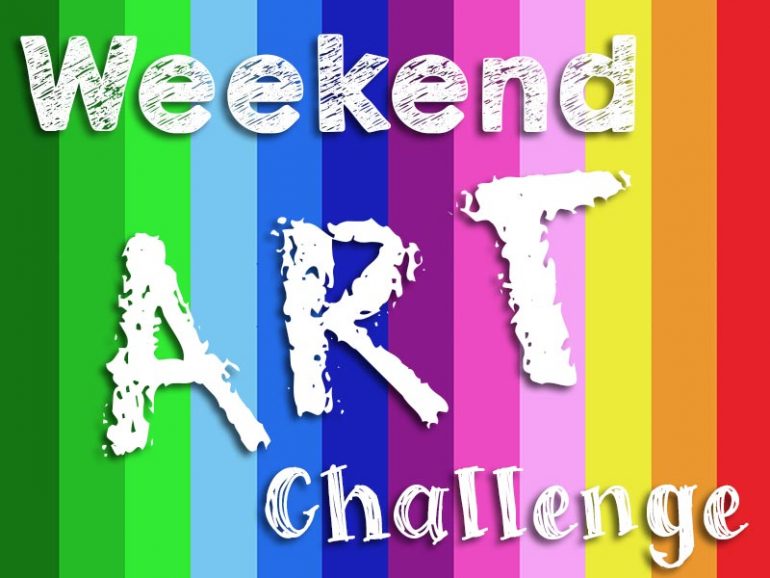Welcome to this weekend’s art challenge! In this challenge, we will explore the captivating world of Reflections. Reflections in water, glass, or other reflective surfaces offer a unique and mesmerizing visual effect in artwork. Your task is to capture the beauty of reflections in your chosen medium and surface, creating a stunning representation of light and its interaction with these surfaces.
Here are some tips and ideas to help you get started:
- Choose a Reflective Surface: Select a reflective surface that intrigues you—calm water, a shiny glass object, a polished metal surface, or anything else that catches your eye. Reflective surfaces provide a dynamic element in your artwork and offer opportunities to play with light and shadow.
- Observe and Analyse: Take time to closely observe the reflective surface you’ve chosen. Pay attention to how light interacts with it, creating distortions, ripples, or shimmering effects. Analyze the colours, shapes, and textures reflected in the surface, and note any interesting patterns or compositions that emerge.
- Plan Your Composition: Sketch out a composition that showcases the reflective surface and the surrounding elements. Consider the placement of the reflected objects or scenery and how they relate to the overall composition. Visualise the interplay of light, shadow, and reflections in your artwork.
- Experiment with Mediums: Choose a medium that best suits your artistic style and the effect you want to achieve. Watercolours, acrylics, oils, or even digital painting can be used to capture reflections. Each medium offers unique characteristics that can enhance the visual impact of the reflections.
- Study Light and Shadow: Understanding light and shadow is crucial when capturing reflections. Study how light sources interact with objects and the reflective surface. Notice how shadows are cast and how they affect the reflections. Observe the colour and intensity of light in different situations to accurately depict the mood and atmosphere of your artwork.
- Depict Distortions and Ripples: Reflections often feature distortions and ripples, particularly in water surfaces. Experiment with brushstrokes, blending techniques, or texture applications to create these dynamic and ever-changing patterns. Carefully observe the way light bends and ripples on the reflective surface, and translate those observations into your artwork.
- Create Depth and Dimension: Reflections can add depth and dimension to your artwork. Pay attention to the positioning and size of the reflected objects in relation to the surface. Use techniques such as overlapping, perspective, and appropriate scale to create a sense of realism and spatial depth.
Wishing you a weekend filled with creativity and the captivating beauty of Reflections!
The idea of these challenges is to help students improve their skills by drawing, painting and creating regularly.
So try to submit work that you have created specifically for the challenge – or course work you are currently creating for your art course. Sometimes our challenge themes cross over with what students are learning. Our challenges are great practive for your coursework too!
Remember to submit your artwork to us via email if you would like it posted on our blog next week.

If you would like to receive a roundup of all of our blog posts once a week to keep you inspired in your inbox, why not sign up to our newsletter. You can access our sign up at the top of our page. If you are a London Art College student and you would like your artwork featured here, drop us a line at any time.

